Discover the insects on our farm & World Environment Day 2024
Jun 13, 2024
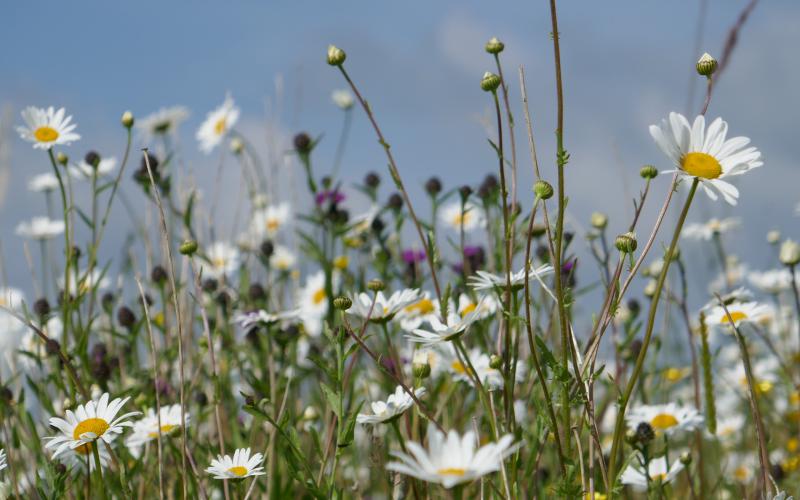
Down in the meadow
Our wildflower meadow in all its glory
In celebration of World Environment Day (5th June), we’re dedicating this blog entry to the wonders of nature; noting beauty in the tiniest of things. Looking closely at any aspect of nature and sharing what you’ve seen with the world is an incredibly powerful way to spread a message of care. There is beauty everywhere, waiting to be seen.
The breeding season is now in full swing, with baby birds tweeting loudly from their nests, calling out for food and water while their parents forage nearby. Across the UK, pairs of birds across over 200 different species are busy nurturing their young, a heartwarming sight to behold. On our farm alone, in just the space of an hour, we recorded the following 14 species: blackbird, goldfinch, swallow, wren, great tit, skylark, linnet, robin, buzzard, wood-pigeon, blackcap, blue tit, goldcrest and dunnock.
If you just pause for a moment, the intricate details of not only birdsong, but each flower, plant and insect are breathtaking. Each petal unfurls slowly, delicately with the sun, each stem slowly stretches up into the light, and each bug scuttles across the leaves in its own tiny universe.
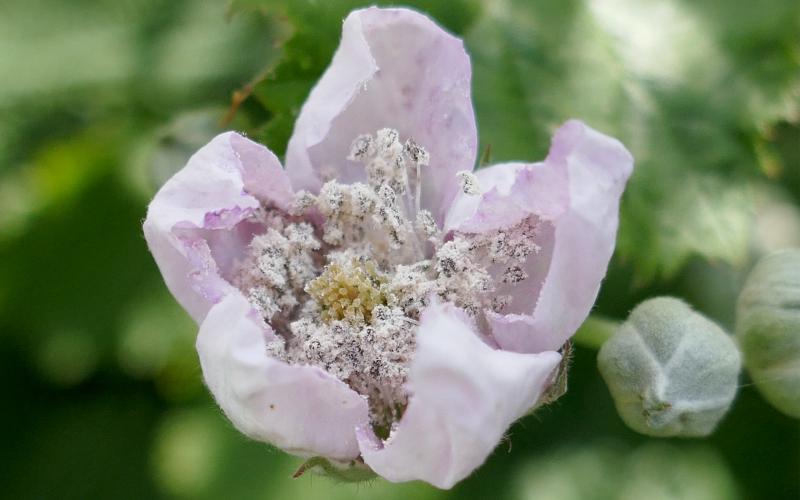
Blackberry flower (Rubus fruticosus)
Have you ever paused to notice the delicate flower of a blackberry? We often associate bramble bushes with autumn, the time when they bear their juicy, ripe fruit, but the real beauty of the blackberry begins much earlier. Many of us may have fond memories of blackberry picking, baskets filled with berries and hands stained purple with juice, and yet, not many of us stop to appreciate their flowers. With five beautiful lilac petals and feathery white pollen, the flowers bloom in late spring and early summer on the tips of branches.
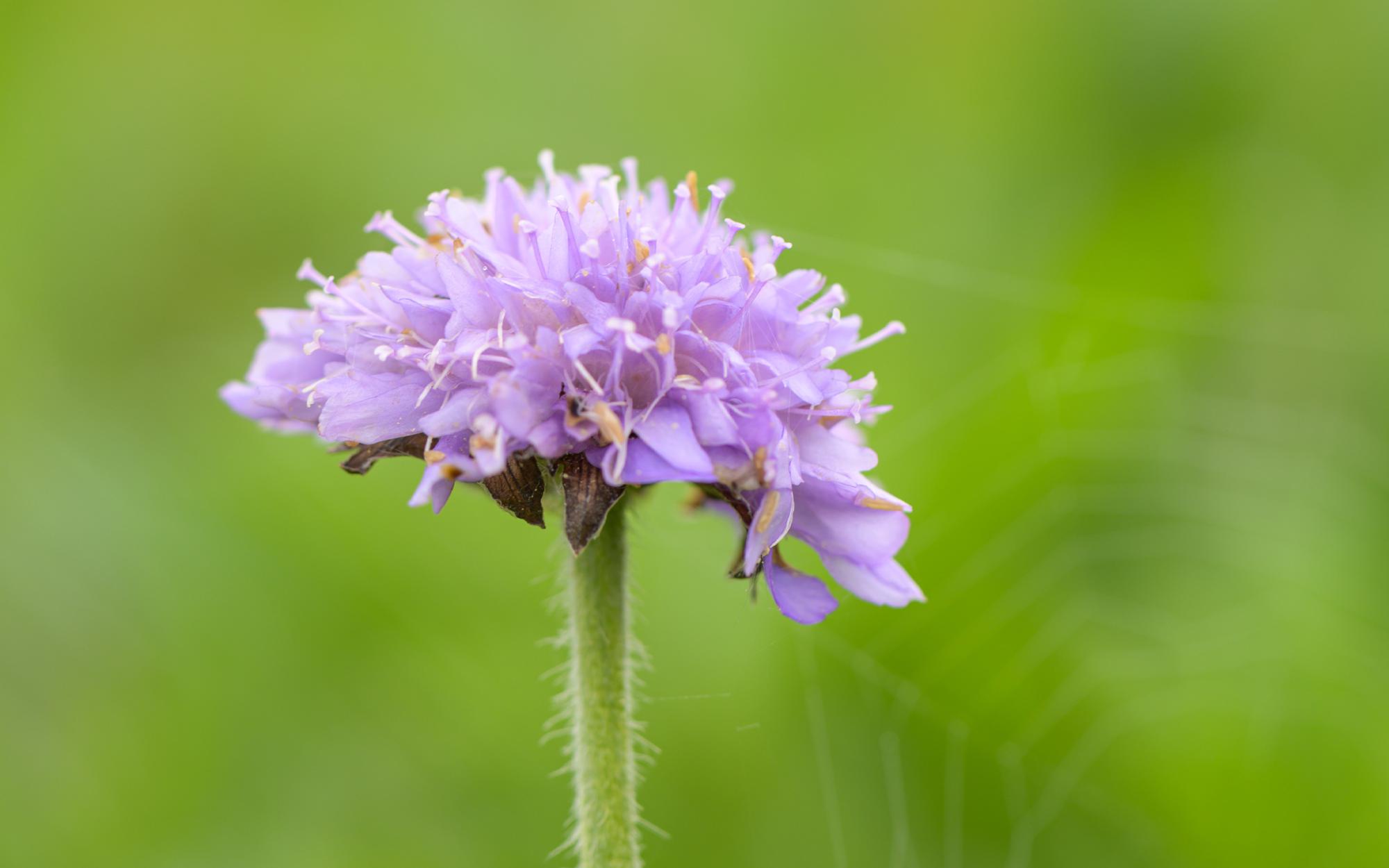
Field scabious (Knautia arvensis)
The field scabious, a member of the teasel family, is often dismissed as a common ‘weed’. Its lilac flowers are, in fact, beautiful, each bud containing a rich, inviting nectar to entice in pollinators. The flowers often grow in meadows or rough grassy patches of land, local names including ‘grandmother's pincushion’, referring to its pom-pom-like blooms, and ‘gypsy rose’. The name ‘scabious’ refers to its use as a remedy for skin ailments and boils during the bubonic plague. It’s also thought that, in Belgium, young girls with many suitors would pick scabious buds, naming each one after a suitor, and choose her husband by the one that flowered best (Credit: plantlife.org.uk).
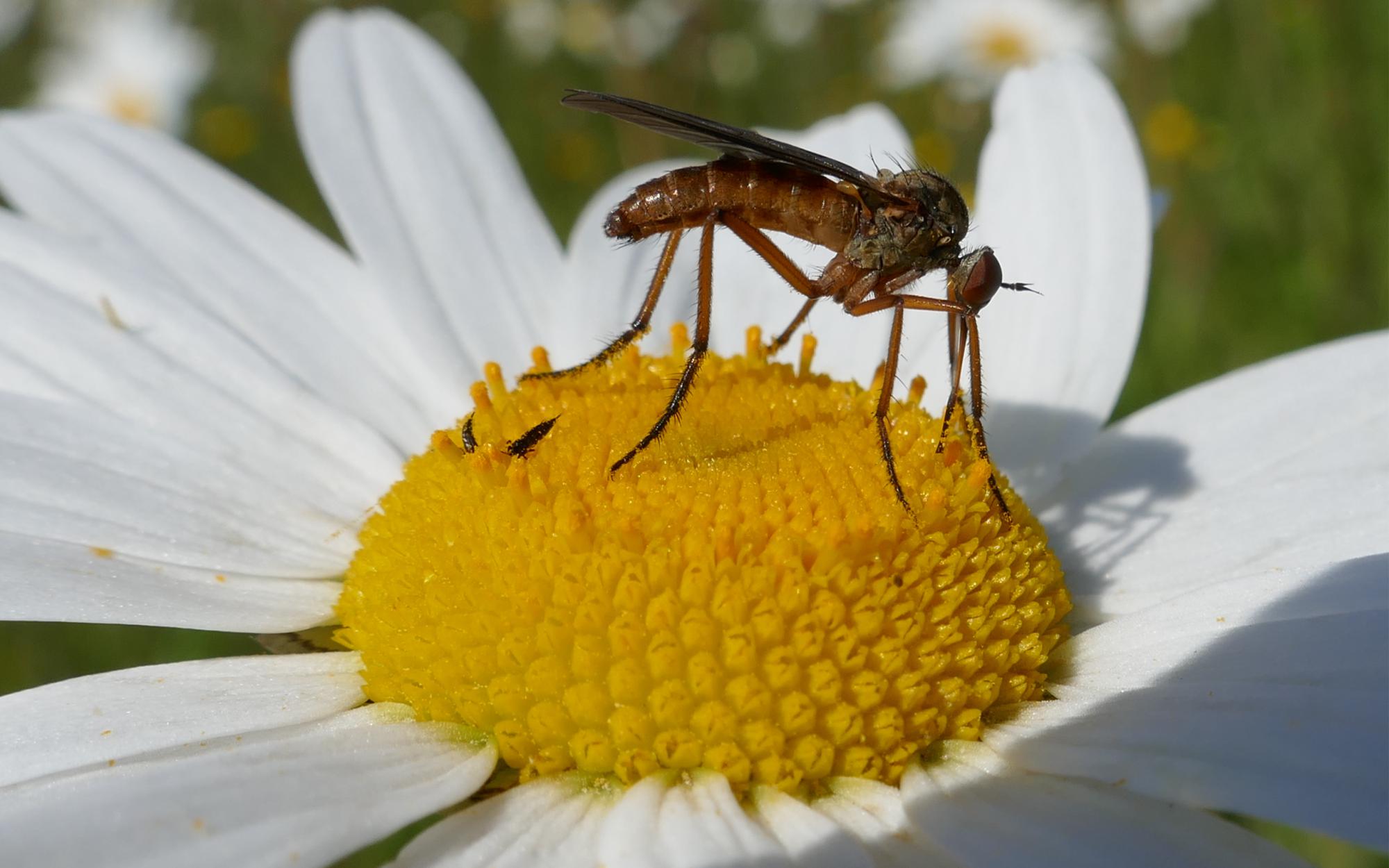
Dance fly (Empididae)
The dance fly, part of the Empidadae family, gets its name from its erratic flight movements. These flies are excellent pollinators, and, as above, can often be seen sipping nectar from flowers like the ox-eye daisy. The courtship rituals are particularly fascinating. A male dance fly creates a bubble of saliva, often concealing a dead fly inside, and presents it to the female. If she accepts the offering, they mate. However, sexual evolution has led some males to craft the saliva bubble without the fly inside, cleverly tricking the female.
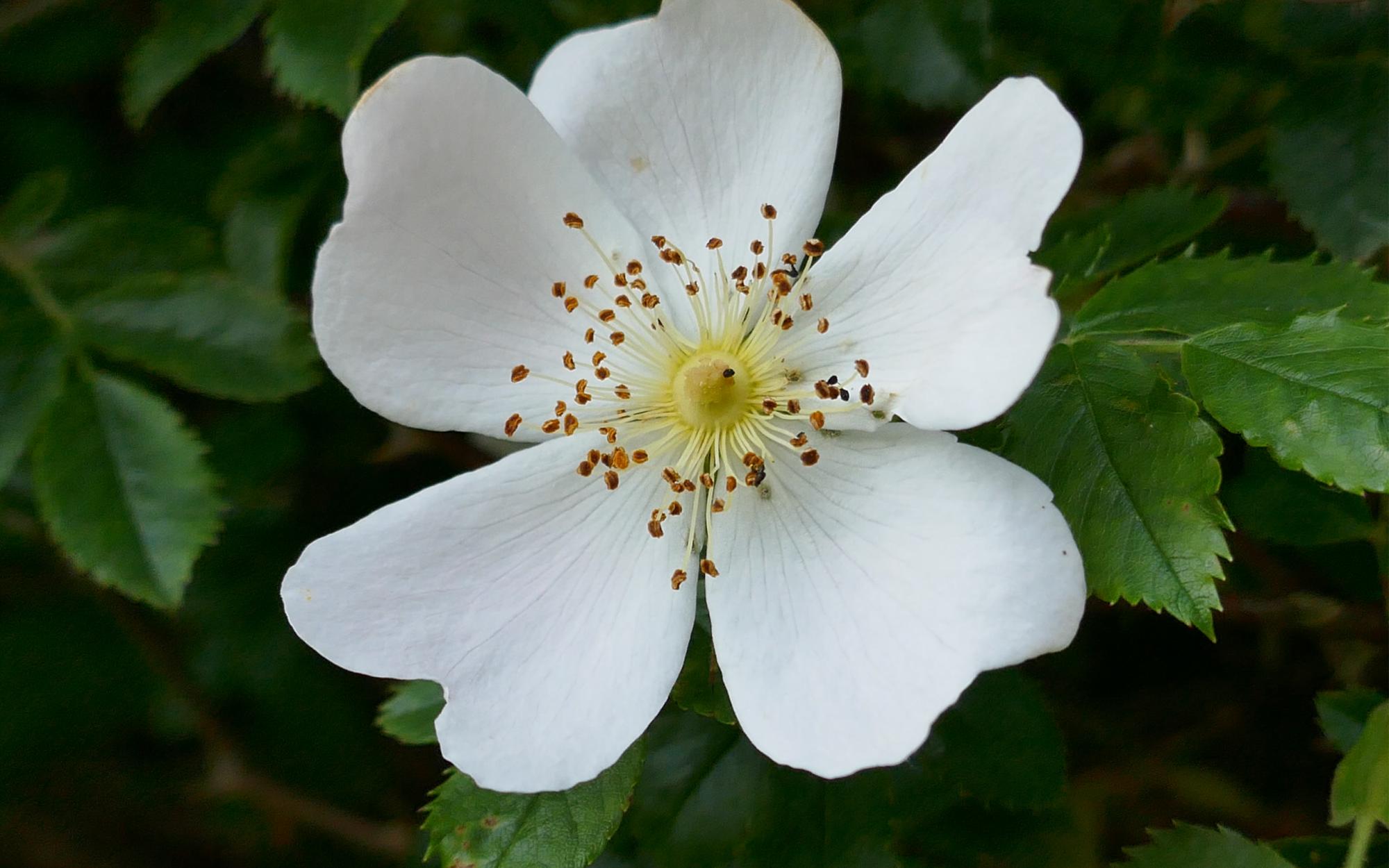
Dog rose (Rosa canina)
Dog rose is one of the most common spotted wild roses in the UK, its flowers giving way to beautiful red rose hips later in the year. You’ll find it weaving through hedgerows or nestled in scrubby grasslands. In ancient mythology, the dog rose is associated with love and beauty. Their rose hip berries still make a popular tonic today, not only for their medicinal properties, but also for bringing luck, healing, and good spirits. The name originates from the old belief that its roots could cure the bite of a rabid dog.
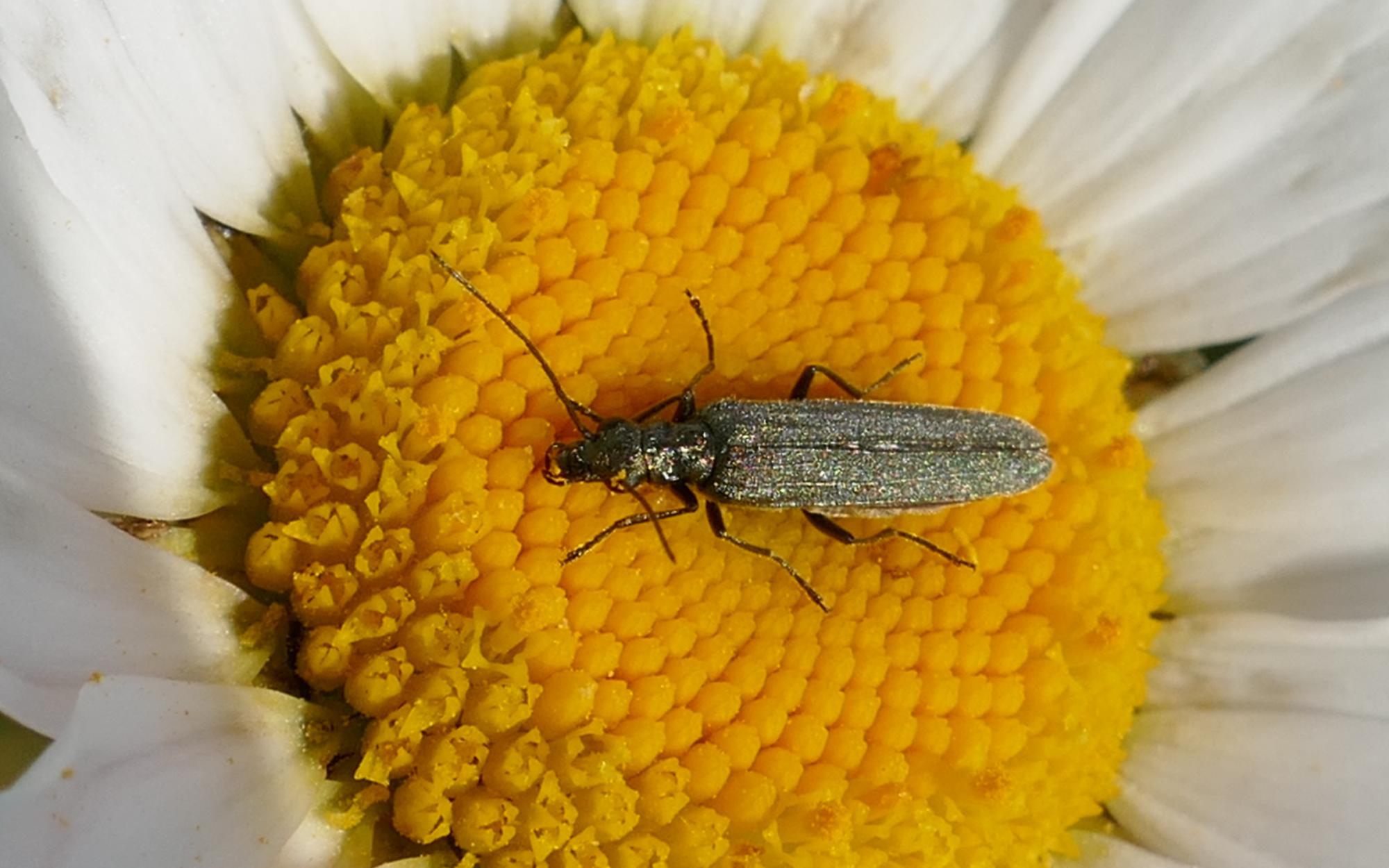
Swollen thighed beetle (Oedemera nobilis)
This beetle, feasting here on an ox-eye daisy, is known as the ‘swollen-thighed’ or ‘thick-legged flower beetle’, and one look at a male will tell you why. They have huge green bulges on the femora of their hind legs. The adults emerge in spring and can be spotted on warm, sunny days, making excellent pollinators (Credit: The Wildlife Trusts).
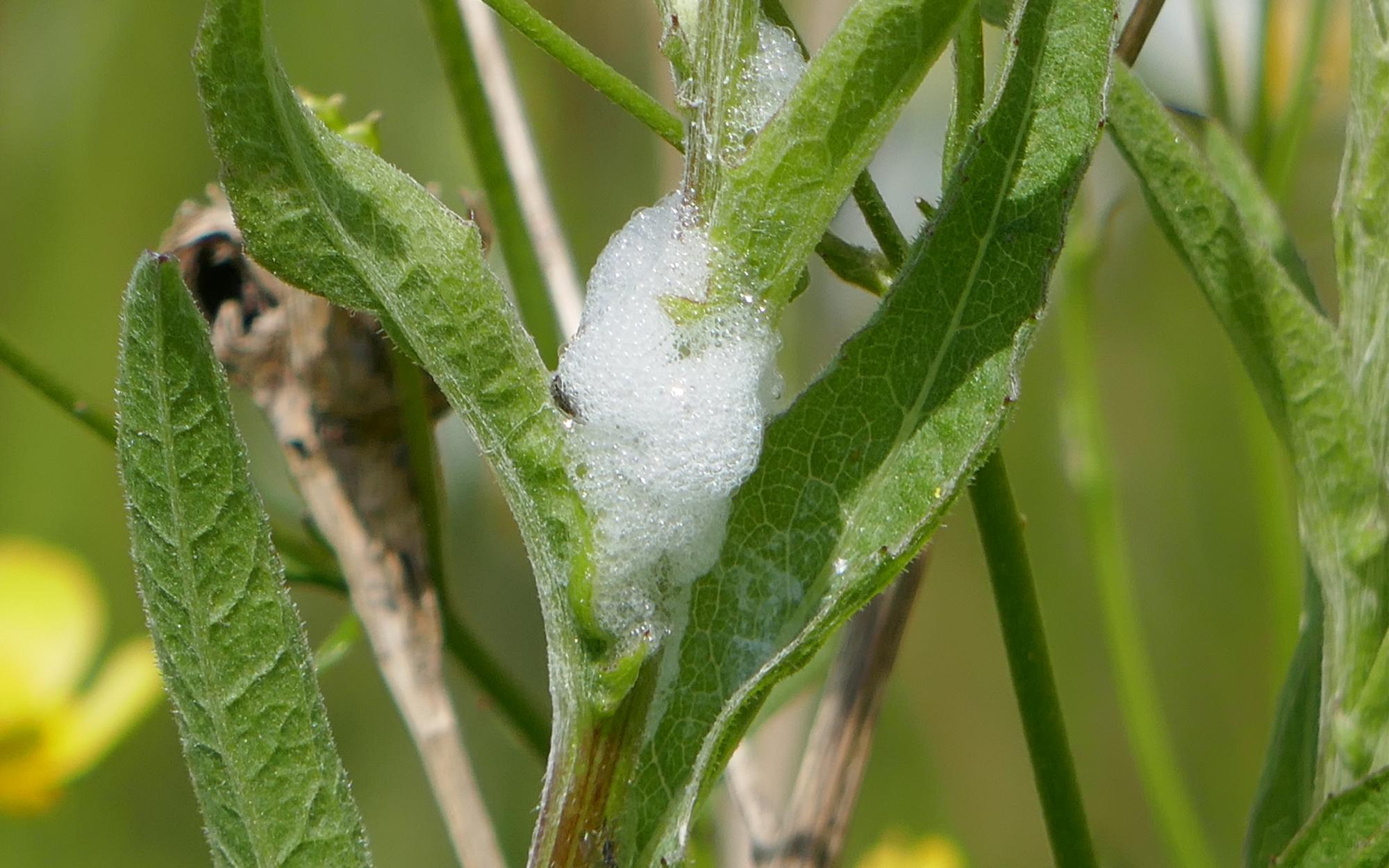
Cuckoo spit (Philaenus spumarius)
Have you ever wondered what this foamy white liquid is on plant stems? It’s cuckoo spit, the sap secreted by froghoppers or spittlebugs.The beetle essentially forces air into the fluid (sap) it has ingested before squeezing the bubbles out through its bum. Each blob of froth contains a creamy white insect nymph up to 6mm long, which looks like a tiny green grass seed. These tiny nymphs then grow into adult froghoppers and live on the plant during mid-late summer (Credit: The Wildlife Trusts).
Only One Earth
To mark the 50th anniversary of World Environment Day, our dear friend, Nigel Winser, hosted a talk all about its history. Nigel shared the story of his career so far, the progress we have made since the 70s, and delivered a clear message of hope for the future. He shared with us the brilliant environmental initiatives happening in Oxfordshire today, as well as some tips on how we can get involved, at any age.
Nigel is a retired field scientist and conservationist, with a fascinating history of working with organisations like The Royal Geographical Society, Earthwatch International and the East African Wildlife Society. Locally, he now organises the Evenlode Geographical Lecturers held in Chadlington Memorial Hall, aiming to encourage and fund young field scientists to study the natural world.
His main message for us to take away is to observe, record and share what we see in the world. Observing nature closely, documenting it in some way (whether through photographs, poems or writing), and sharing it with others, is an incredibly powerful way to spread a message: the earth as something we can gain wisdom from, we only have to listen closely.
Garden Treasures
Down in the garden, the Kitchen Garden People have also spent the week finding the beauty in the smallest of details. We’ve left the nettles to grow wild along the edges of the plot and they’ve attracted an abundance of wildlife. Ladybirds have been busy mating and feeding off tiny insects living on plants, and we’ve had the pleasure of watching them as they go about their day-to-day lives. Did you know the plural for ladybirds is a loveliness of ladybirds?
The polytunnels have been buzzing with life, including slow worms, lizards darting through lettuces and basking in the late afternoon sun, and even a toad, hiding in the fringes. We also saw a moulting spider shedding its exoskeleton before heading on its way.
We sowed our fertility building ley this week, which, when in bloom, will attract a whole host of pollinators to our plot. This ley will also build fertility into the soil, eventually making for even better growing conditions.
In other news, we harvested the first of the Florence fennel, yellow beetroot, and basil this week. Our sugar snaps and strawberries are in abundance and courgettes are coming into season. Summer is well and truly on its way and we can’t wait for all it has to bring.
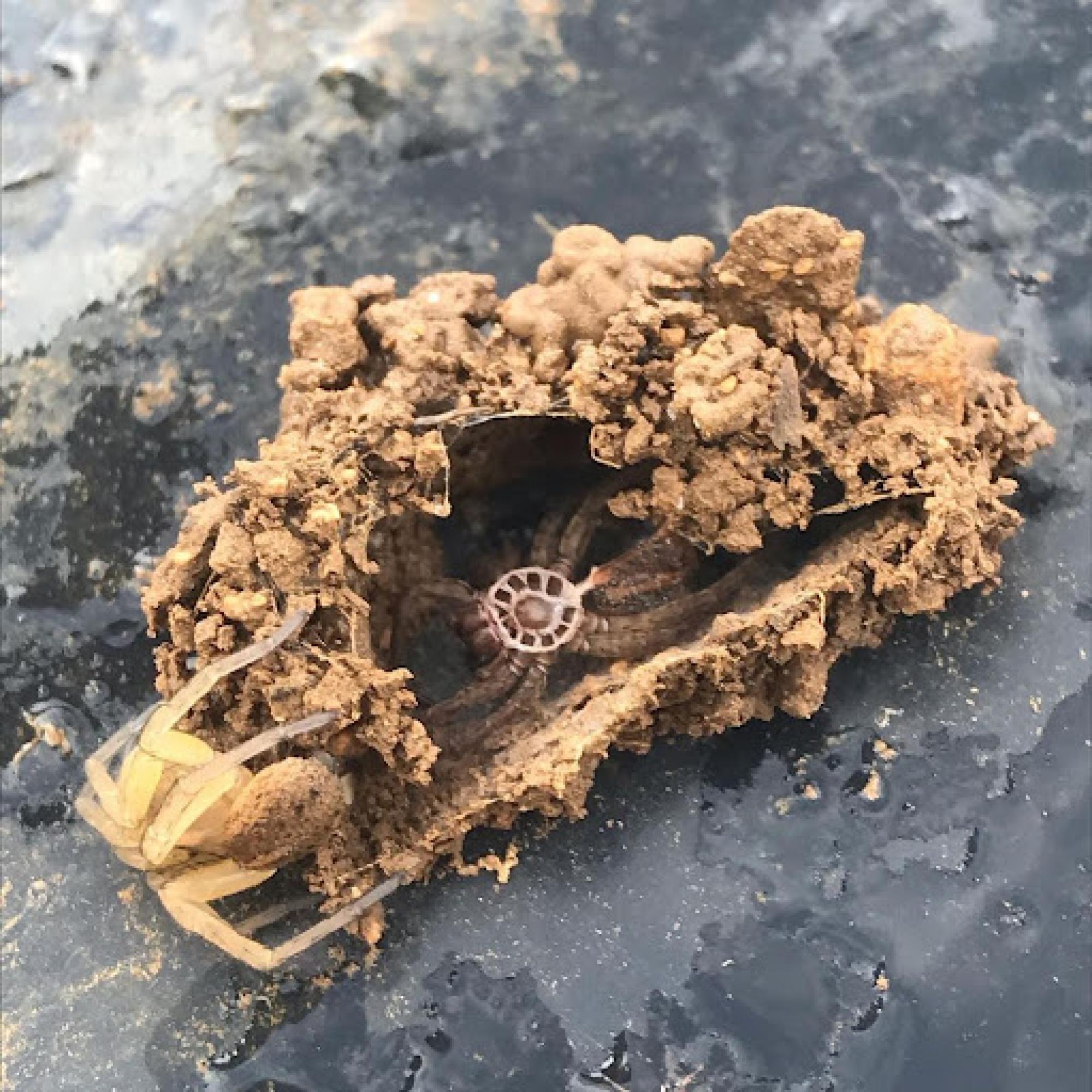
A spider shedding its exoskeleton
Recent news items




